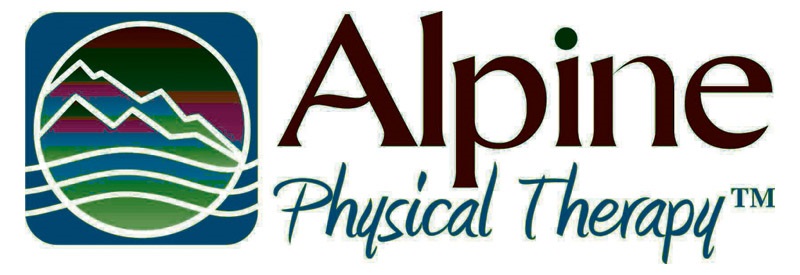
 The forces crossing the knee with jumping, pivoting, kicking, and running can be staggering. Injury, pain, weakness, and a general loss of stability in the knee can create a host of problems that can bench an athlete.
The forces crossing the knee with jumping, pivoting, kicking, and running can be staggering. Injury, pain, weakness, and a general loss of stability in the knee can create a host of problems that can bench an athlete.
Its location between the hip and ankle suggests that problems above or below the knee can be problematic. Issues affecting the hip, for example, can be a factor in a knee that’s simply not performing optimally. Hip weakness often manifests as a knee problem. Likewise, ankle and foot issues can create their own stresses that impact knee health. Both the hip and the ankle must be taken into consideration in a successful knee rehab program.
Got knee pain? If yes, don’t shrug it off. Key muscles that stabilize the knee have a tendency to shut off in the presence of pain in or around the knee. This is particularly true of the inside thigh muscle, the vastus medialis, which is one of the four muscles making up the quadriceps muscle (or quad). When this muscle isn’t performing correctly, it can lead to a muscle imbalance that throws off the knee cap, leading to even greater problems.
Does your knee feel loose, like it won’t support you or wants to give out? This is your body warning you that something may not be functioning properly in the lower chain. This can happen from a simple muscle imbalance causing knee joint swelling, or worse, injury to a knee ligament or even the meniscus that sits between the thigh and lower leg bones. Oftentimes, physical therapists will address these symptoms by reducing swelling and by focusing on a mobility and strengthening program for the muscles of the glutes and quads.
Here are three tips to consider if your knee isn’t working at the top of its game.
R.I.C.E (Rest — Ice — Compress — Elevate)
Ice is a great way to ease knee pain, especially within the first three days of an injury with noticeable swelling or onset of pain. Apply the ice right after a run, practice, or especially active afternoon when your knee is aching or painful. If it’s a small area, use an ice massage. It’s as easy as grabbing an ice cube with a moist washcloth and rubbing the painful spot till its numb, usually within 3 to 5 minutes. For more general and diffuse knee pain, consider wrapping a cold pack on it for about 10 to 15 minutes.
The knee joint is especially good at hiding swelling. If a third of the knee joint has swelling in it, it may not even be noticeable. So if swelling is visible, it’s really swollen! To offset swelling, spend time with your leg elevated by lying on your back with your leg propped on a stack of pillows. This coaxes swelling back into circulation to be drained out of your system. To aid this, pump your ankle back and forth, as though you are pushing and releasing the accelerator on your car. This activates the calf muscle to help pump out some of the extra fluid. You can also activate your thigh and butt muscles by contracting them and holding the contraction for 5 seconds. Repeat a few times here and there while you rest with your leg elevated for 10 to 15 minutes at a time.
Movement
A little bit of movement can go a long way. Since the knee is placed under more stress as we stand, walk and run, try activities like biking or pool exercises. You can also simply lay down on your back and perform some heel slides or resting your heels on a Fit Ball and rolling it back and forth as you bend and straighten the knee. The unloaded movement will facilitate circulation, help combat swelling and get your muscles firing again. These are all important to begin the healing process and get you back on track to your favorite activities.
Get the Right Help
At Alpine Physical Therapy we have a core team of physical therapists who know what it takes to help resolve knee problems. But we don’t stop there. Instead, as your pain eases, we’ll work with you to ramp up your knee function to an entirely new level. Whether it’s getting you back to where you can reach down and lift up your kids, resume a workout program, hit the ski slopes, or get you back to competitive sport, we’re here to help.
There really isn’t a faster way to end knee pain than by working with a knowledgeable, hands-on physical therapist. Doing so means you get the fastest access to care that will soothe and relax your knee, while also maximizing your strength so you can get back to the high demands of your sport.
For more information, visit our website at www.AlpinePTmissoula.com, or call us at 406-251-2323 to set up a free 15-minute consultation with one of our physical therapists.
Brent Dodge, PT
Owner
Alpine Physical Therapy
2965 Stockyard Rd.
Missoula, MT 59808
(406) 541-2606
www.AlpinePTmissoula.com
 runwildmissoula.org >>
runwildmissoula.org >>